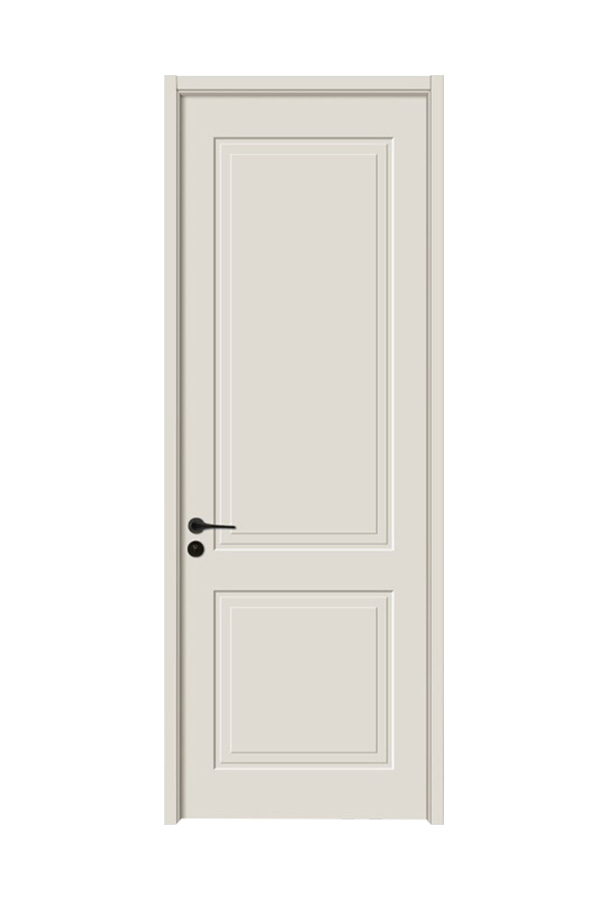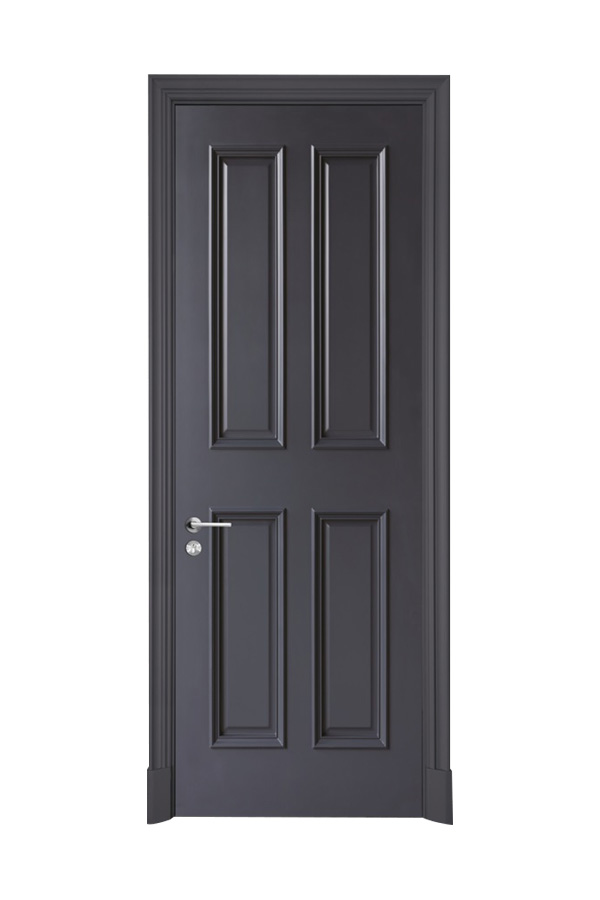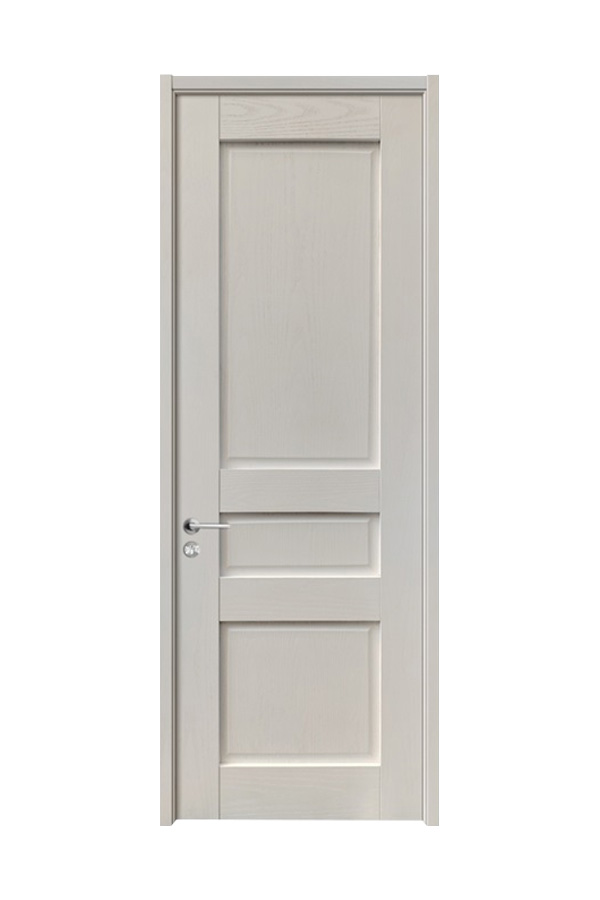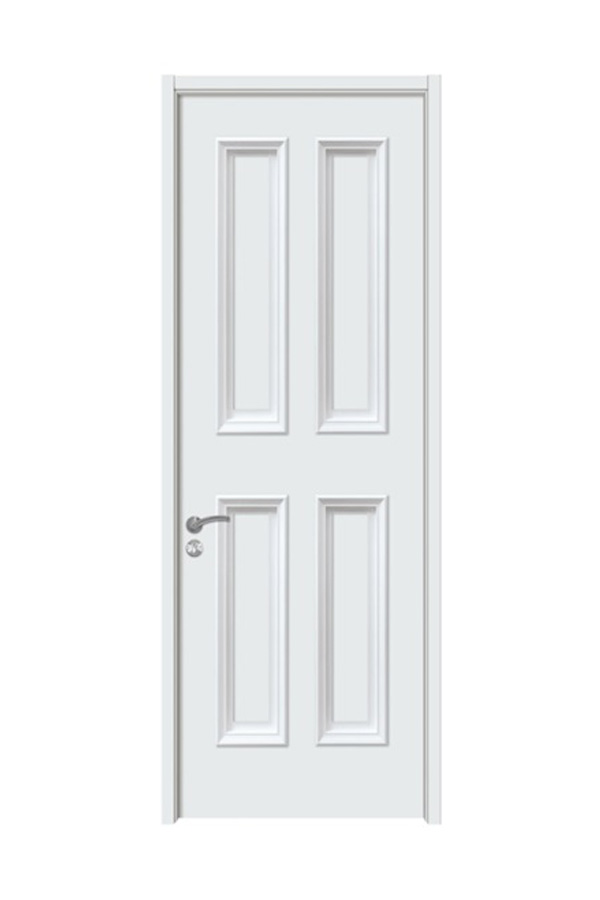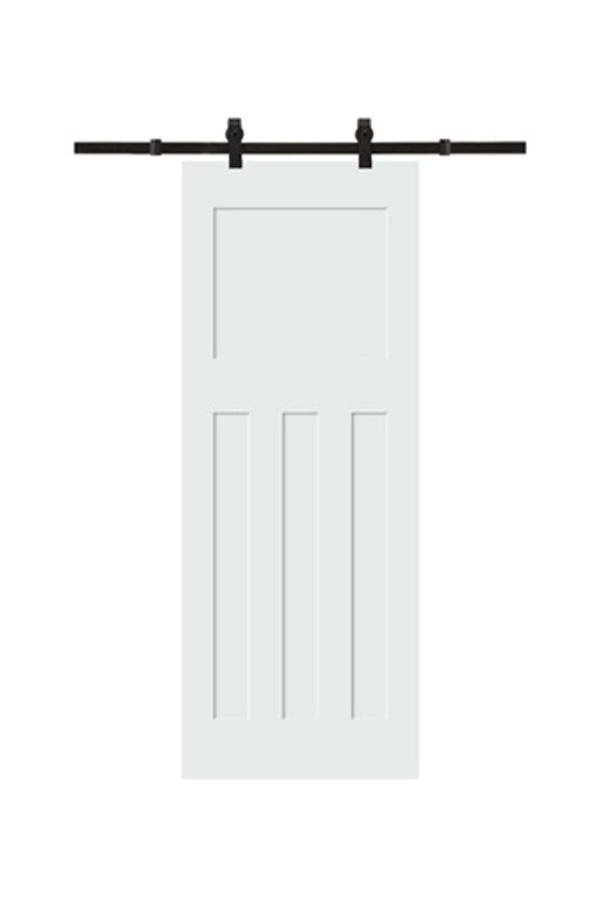In today’s world, more people are paying attention to how their living spaces impact both their lifestyles and the environment. Among the many elements that contribute to modern interior design, the Interior Wall Panel and Decorative Wall Panel stand out not only for their aesthetic appeal but also for their potential to reflect sustainable choices.
At Jiayang, a manufacturer with over 15 years of experience in wooden doors and full-house customization, we recognize that the use of sustainable materials in wall paneling is becoming a key factor for many clients. This trend is expected to shape interior design throughout 2025 and beyond.

Why Sustainability Matters in Wall Panels
Sustainability has moved from being a niche concern to a mainstream priority in home design. Choosing eco-friendly materials helps reduce environmental impact and creates healthier living environments.
Reducing Carbon Footprint:
Using renewable or recycled materials lowers the carbon emissions associated with production and transportation.
Health and Comfort:
Sustainable materials tend to emit fewer volatile organic compounds (VOCs), improving indoor air quality.
Longevity and Durability:
Many eco-friendly options are also highly durable, providing long-term value.
Popular Sustainable Materials for Decorative Wall Panels
In 2025, the selection of materials for decorative wall panels reflects an increasing demand for eco-conscious products without compromising design quality.
1. Bamboo
Bamboo is a fast-growing grass that regenerates quickly, making it a nice sustainable resource.
Bamboo panels offer a natural look with fine grain and strength.
Its resilience and flexibility make it suitable for both flat and textured panel designs.
2. Recycled Wood
Reclaimed wood panels bring character through unique textures and patinas developed over time.
Using recycled wood helps reduce deforestation and gives new life to materials that might otherwise be discarded.
Such panels can fit rustic, industrial, or even modern décor styles.
3. Eco-Friendly Composites
Some manufacturers develop composite panels made from recycled fibers and eco-friendly resins.
These panels can mimic the look of wood or stone while being lightweight and easy to install.
Many composites are designed for longevity and require less maintenance.
Design Benefits of Sustainable Wall Panels
Incorporating sustainable materials into your interior wall panel choices doesn’t mean sacrificing style. On the contrary, these options provide several advantages:
Unique Textures and Finishes:
Natural materials often have organic patterns that cannot be replicated by synthetic alternatives, adding authenticity.
Versatility in Application:
Sustainable panels can be used in various areas—feature walls, ceilings, or even furniture backing—to enrich the interior.
Supporting Ethical Practices:
Choosing sustainably sourced materials supports responsible forestry and manufacturing standards.
Jiayang’s Commitment to Sustainable Solutions
At Jiayang, we continually seek to balance craftsmanship with environmental responsibility. Our sourcing policies prioritize certified wood and materials that meet environmental standards.
Our technical team works closely with clients to select the right materials that fit both design goals and sustainability requirements. Whether you need custom decorative wall panels or full-house solutions, we can provide expert advice and professional support throughout your project.
As 2025 unfolds, the role of sustainable materials in shaping interior wall design continues to grow. Choosing eco-friendly interior wall panels and decorative wall panels allows you to create beautiful, meaningful spaces that respect the planet.
If you are interested in learning more about sustainable panel options or want to explore customization, Jiayang is here to help. Contact us today and discover how responsible design can enhance your home.



 English
English русский
русский Français
Français Español
Español Deutsch
Deutsch

